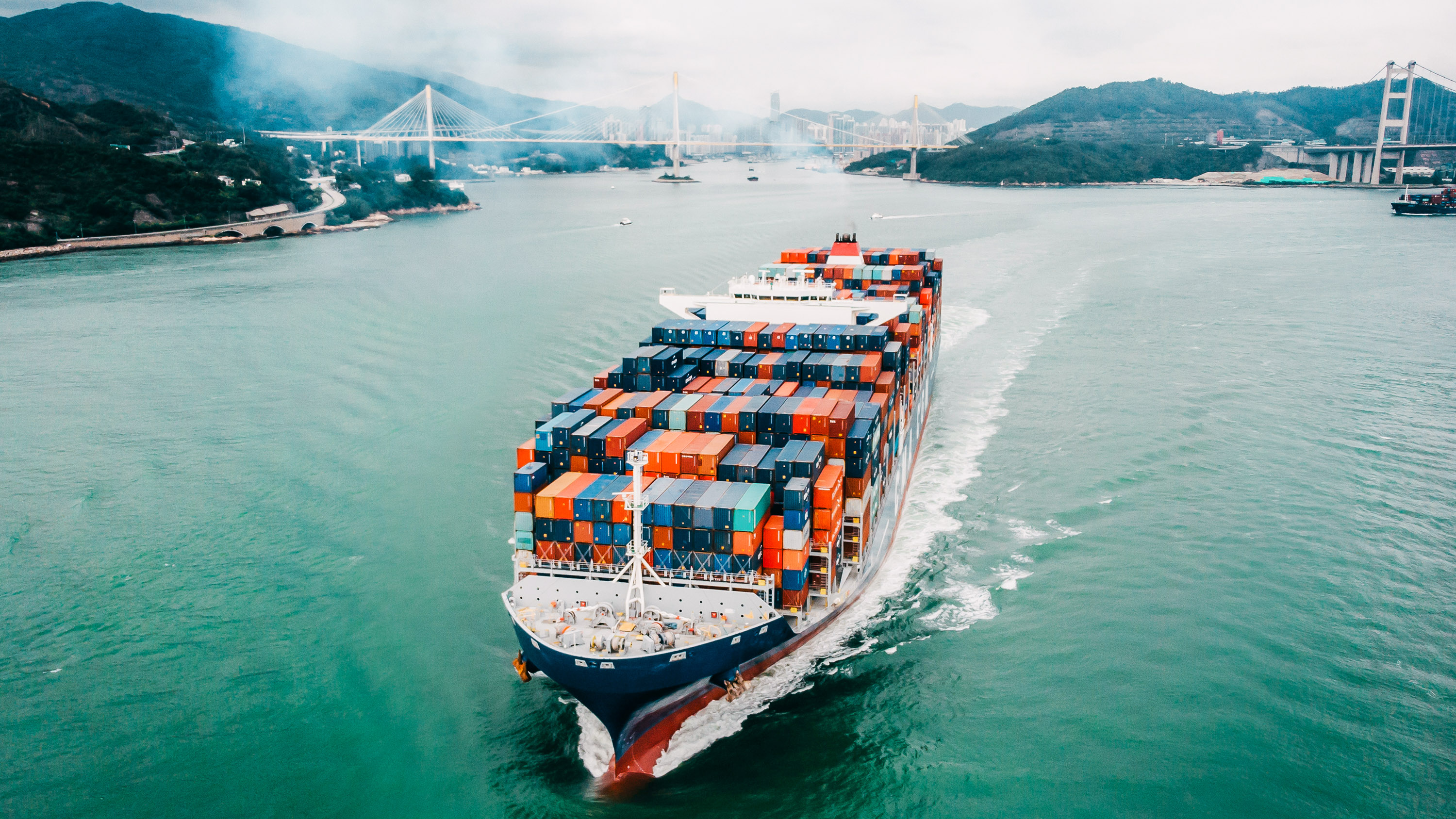How ammonia could help clean up global shipping
The fuel could provide an efficient way to store the energy needed to power large ships on long journeys.
Ammonia might seem like an unlikely fuel to help cut greenhouse-gas emissions. Best known for its odor, the gas can be dangerous and toxic.
But it could also play a key role in decarbonizing global shipping, providing an efficient way to store the energy needed to power large ships on long journeys.
The American Bureau of Shipping, which sets safety standards for global shipping, recently granted early-stage approval for some ammonia-powered ships and fueling infrastructure, including a design from Samsung Heavy Industries, one of the world’s largest shipbuilders. Such ships could hit the seas within the next few years, as several companies have promised deliveries in 2024. While the fuel would require new engines and new fueling systems, swapping it in for fossil fuels that ships burn today could help make a significant dent in global carbon emissions.
This story is only available to subscribers.
Don’t settle for half the story.
Get paywall-free access to technology news for the here and now.
Subscribe now
Already a subscriber?
Sign in
And some companies are looking even further into the future, with New York–based Amogy raising nearly $50 million earlier this year to use the chemical for fuel cells that promise even greater emissions cuts.
Shipping accounts for about 3% of global carbon dioxide emissions. If early tests for ammonia or other alternative fuels demonstrate scalable systems, these new technologies could help the shipping industry start to shift away from fossil fuels and slow the emissions that cause climate change.
Ammonia is attractive because of its high energy density—the amount of energy that can be packed into a certain volume. While it is usually found as a gas, it can be squeezed at relatively low pressures into an easily transportable liquid.
Ammonia is a familiar chemical for shipping companies. Globally, about 200 million tons of it are produced annually, and about three-quarters of that goes to producing fertilizer. Many ports already have some form of ammonia storage for shipping.
The chemical, however, comes with challenges. Burning ammonia as a fuel can create nitrogen oxides (NOx). These compounds are greenhouse gases that can also harm human and animal health, says Madeline Rose, climate campaign director at Pacific Environment, an environmental organization.
But if ships used ammonia for fuel cells instead, the problem of creating NOx pollution could be avoided.
A fuel cell ship could contain ammonia storage tanks, along with a reactor where ammonia would be broken down to form nitrogen and hydrogen. The hydrogen would then be shuttled to the fuel cell, where it would combine with oxygen to produce water and the electricity used to power the ship.
Ammonia is cheaper to transport and store than hydrogen, and cutting costs could make fuel cells easier to adopt widely in the shipping industry. Amogy, the startup company, demonstrated its reactor for turning ammonia into hydrogen on a tractor earlier this year. The company plans to scale its technology to larger vehicles like trucks and eventually larger ships.
But shifting an industry as large as shipping to ammonia would require a major growth in the supply of the fuel, says Amogy CEO Seonghoon Woo. The global market for ammonia production would eventually need to double or even triple to keep up with potential demand, he estimates.
Most ammonia is produced today using a century-old, energy-intensive process that relies on fossil fuels. Production of green ammonia using renewable energy is still limited, although industry giants like Yara, the world’s leading ammonia producer, are working on demonstration projects to use renewable energy or deploy carbon capture to cut emissions from production.
Increased use of the new technology in shipping could help bring costs down and encourage companies to make changes. But countries and regulatory bodies like the UN International Maritime Organization will likely also need to pass legislation forcing shipping companies to cut emissions and implement new technologies, says Faig Abbasov, program director for shipping at the European Federation for Transport and Environment.
There probably won’t be a single solution to cutting emissions from shipping, says Pacific Environment’s Rose. Decarbonizing an industry that big will also require everything from increased efficiency to electrification to new technologies, but cleaner fuels like ammonia could certainly have a role to play.
